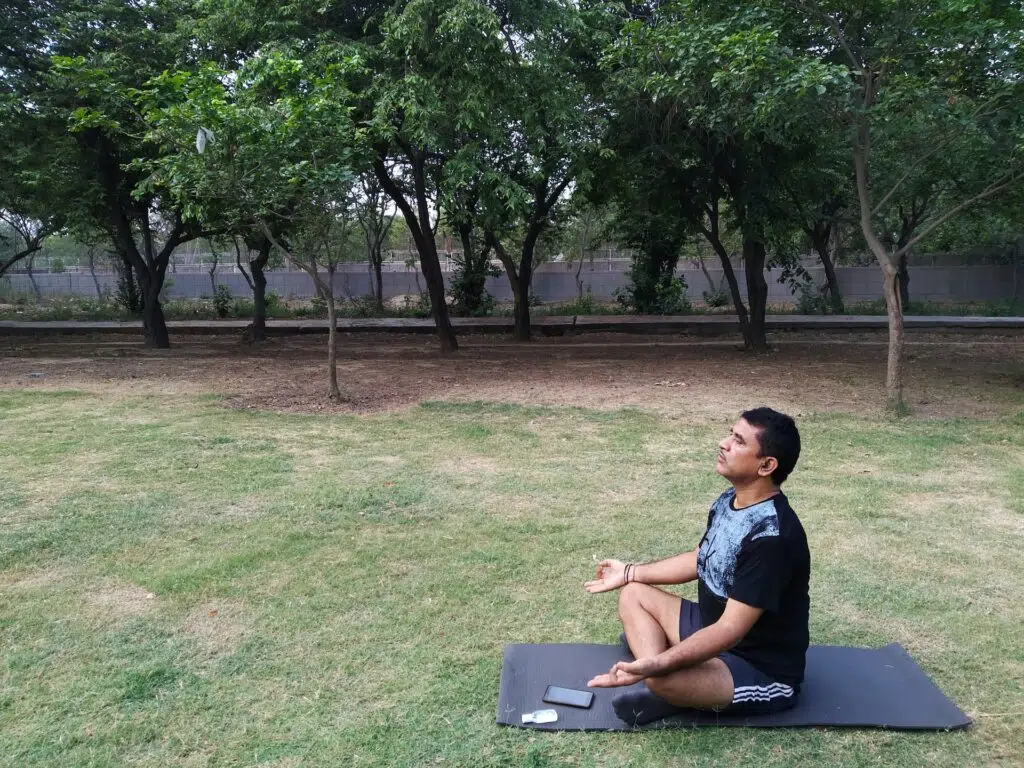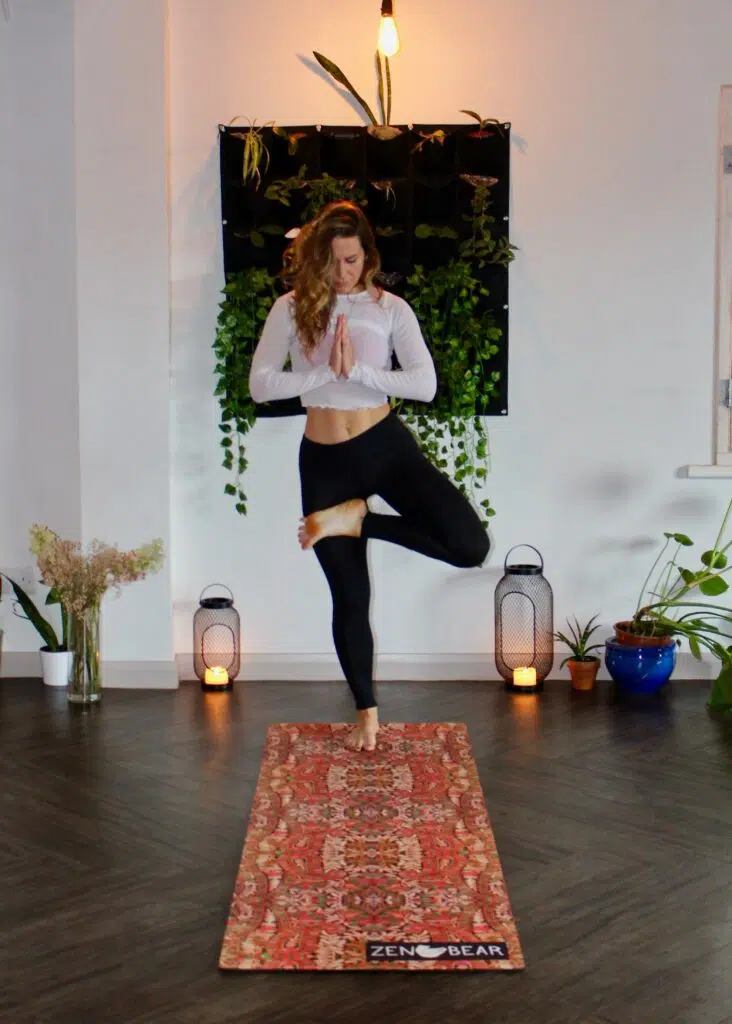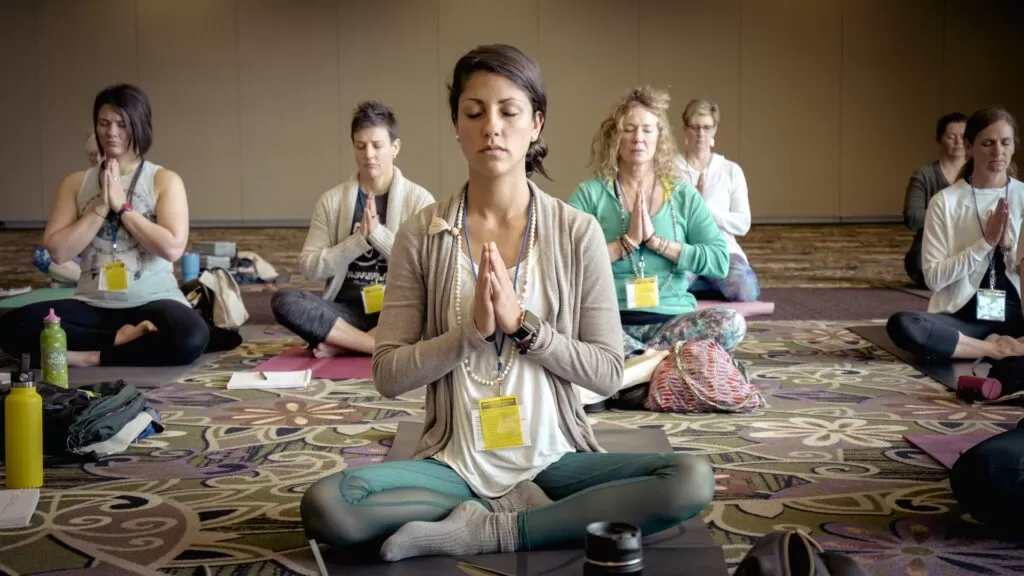
Table of Contents
ToggleIntroduction
What Is Mindful Breathing
Getting Started with Mindful Breathing
Take A Deep Breath
You Can Do Mindful Breathing Anywhere
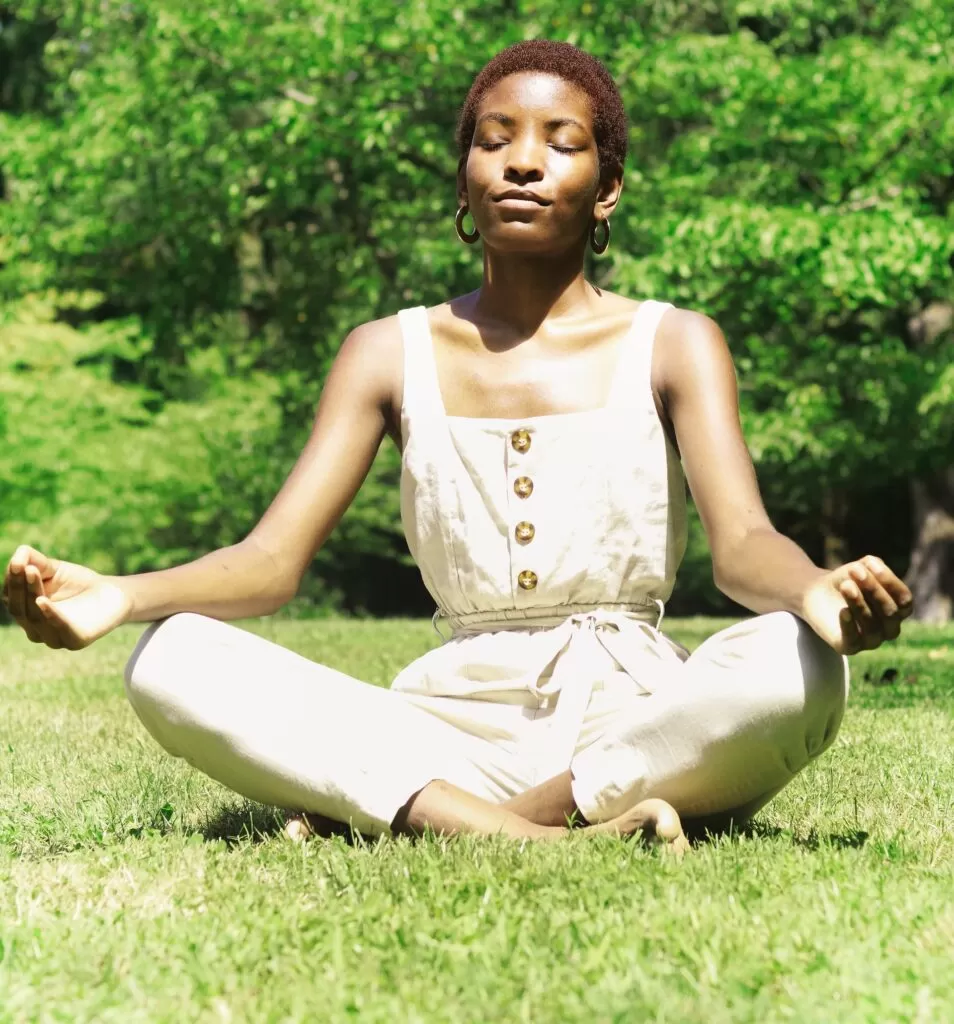
How to Incorporate Mindful Breathing into Your Daily Routine
Incorporating mindful breathing into your daily routine can be a great way to start and end your day positively. Here are some tips for incorporating mindful breathing into your daily routine:
1. Set aside a few minutes each day for mindful breathing. Start by finding a comfortable and quiet place to sit. Close your eyes and take a few deep breaths. Please focus on the sensation of the breath as it enters and leaves your body.
2. Make mindful breathing a part of your morning routine. Before you start your day, focus on your breath briefly. This can help you create the day with a clear and focused mind.
3. Use mindful breathing to take a break during the day. When you feel overwhelmed or stressed, focus on your breath briefly. This can help you reset and refocus.
4. Incorporate mindful breathing into your evening routine. Before you go to bed, focus on your breath briefly. This can help you relax and prepare for a restful night’s sleep.
Incorporating mindful breathing into your daily routine promotes a stress-free life.

Benefits of Mindful Breathing
Reduces Stress and Anxiety
Improves Focus and Concentration
Promotes Better Sleep
If you struggle with sleep issues, mindful breathing can help. Mindful breathing can help reduce stress and anxiety, which can interfere with sleep. When stressed, our body produces adrenaline making it difficult to fall asleep.
By reducing stress and promoting relaxation, mindful breathing can improve sleep quality. As a result of focusing on the breath, we can reduce the production of this hormone and create a sense of calm. Helping you feel more rested and refreshed in the morning.
Creates A Sense Of Peace And Relaxation
Mindful breathing can also help to reduce racing thoughts, which can interfere with sleep. Our minds can sometimes become overwhelmed with thoughts and ideas. When we focus on the breath, we can bring our attention back to the present moment releasing these thoughts and ideas. This can help create a sense of peace and relaxation, leading to better sleep.
Finally, mindful breathing can help to reduce physical tension, which can also interfere with sleep. Our bodies can sometimes become tense and tight. However, we can relax and release the physical tension once we focus on the breath. This can help create a sense of ease and comfort, leading to better and more rewarding sleep.
Boosts Immune Function
Research has also shown that mindful breathing can boost immune function, helping to reduce the risk of illness and disease. By reducing stress and promoting relaxation, mindful breathing can help your body to function more effectively, promoting overall health and well-being.
Mindful Breathing Meditation
Mindful Breathing Meditation is a practice that involves focusing on your breath. Thus becoming aware of the sensations in your body. This form of meditation helps reduce stress, anxiety, and depression. Through mindful breathing meditation, you can become more present in the moment. You are gaining clarity on any issue or challenge you may face.
Consistent Practice of Mindful Breathing
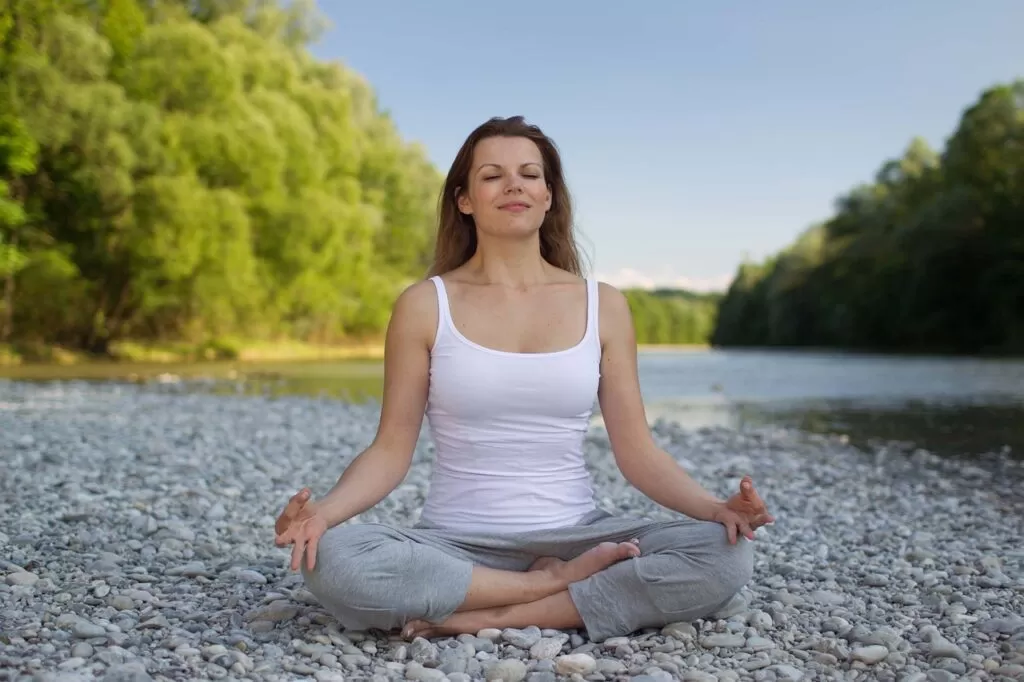
Relationship Between Mindfulness and Breathing
Mindfulness and Breathing are intimately connected. Mindful Breathing helps you recognize your thoughts and physical sensations. As well as more present in the moment. Thus allowing you to better cope with stress. Mindful breathing meditation is a practice that can be done anywhere, at any time.
Establishing it is a great way to start a mindfulness practice. Many mindful breathing techniques exist, such as Anchor Breathing, Triangle Breathing, and Breath Awareness, to assist you with stress. Each technique has its benefits, bringing greater awareness of the breath. Leading to greater awareness of the mind-body connection.
Anchor Breathing
Anchor Breathing is a specific type of breath awareness that involves taking in-breath through our nose and allowing the breath to be held for three seconds before exhaling gently through pursed lips. This breathing exercise acknowledges what we’re doing to our bodies. Bringing attention and consciousness to our breaths. As a result, releasing any tension that might be building.
Follow this ten-step process to practice anchor breathing.
- Relax and take a big deep breath.
- Find your anchor spot by placing your hands on your chest, stomach, or under your nose.
- Take a deep breath in and feel the air traveling through your body.
- Focus on how you feel in the present moment and let go of everything else.
- Slowly breathe out and feel the exhale lower your belly.
- If distracted, go back to your anchor spot.
- Take a few more deep breaths and let go of any unwanted tension.
- Focus solely on your breath and anchor point.
- Repeat as many rounds as needed.
- Bring awareness to your fingers and toes, and then open your eyes.
Next, let’s move on to Triangle breathing.
Triangle Breathing
Triangle Breathing is an effective breathing technique that will calm your mind and reduce stress. The breathing exercise contains a pattern of three equal parts, with equal counts for each part of the breath. Triangle Breathing can be a great way to calm your mind and reduce stress and can be practiced anywhere, anytime.
Here’s how to practice Triangle Breathing:
- Find a comfortable seated position with your back straight and your feet on the ground.
- Close your eyes and take a few deep breaths, inhaling through your nose and exhaling through your mouth.
- Begin the pattern of Triangle Breathing by inhaling for a count of three.
- Hold your breath for a count of three.
- Exhale for a count of three.
- Hold your breath for a count of three.
- Repeat the cycle for several minutes, focusing on the rhythm of your breath.
Finally, let’s move on to Conscious Breathing. Here’s an example of how you could include information about Conscious Breathing in your blog post:
Conscious Breathing
Conscious Breathing is a way of breathing that focuses on your breath. And brings attention to the present moment. Reducing stress and improving concentration. As well as increasing your feelings of relaxation.
Conscious Breathing involves focusing on the breath and being aware of the sensations that come with each inhalation and exhalation. Doing so creates awareness and presence in the moment. Releasing distractions and allowing you to connect with your inner self.
Repeat this cycle for several minutes, focusing on the sensation of your breath and bringing your attention back to the present moment whenever your mind wanders. Conscious Breathing can be a powerful tool for reducing stress and improving mental clarity and can be practiced anytime, anywhere.
Here’s how to practice Conscious Breathing:
- Find a quiet, comfortable place to sit or lie down.
- Close your eyes and take a few deep breaths, inhaling through your nose and exhaling through your mouth.
- Bring your attention to your breath, noticing the sensation of the air moving in and out of your body.
- As you inhale, imagine yourself filling up with calm and relaxation.
- As you exhale, imagine any stress or tension leaving your body.
Here are a few more types of breathings to give a try.
- Rainbow Breathing: Close your eyes. Start with your arms at the side of your body. Arms then go up as you breathe in and down as you breathe out (arms make a rainbow). Repeat three times.
- Nostril Breathing: Close your eyes. Block one nostril, then breathe in for five counts. Then block the other nostril and breathe out for five counts. Repeat three times.
- Flower Breathing: Close your eyes. Visualize a flower. Take a deep breath to take a big whiff of the flower’s scent. Hold your breath for three counts. Exhale through your mouth for four counts. Repeat three times.
- Snake Breathing: Close your eyes. Inhale slowly through the nose and breath out through the mouth with a long, slow hissing sound.
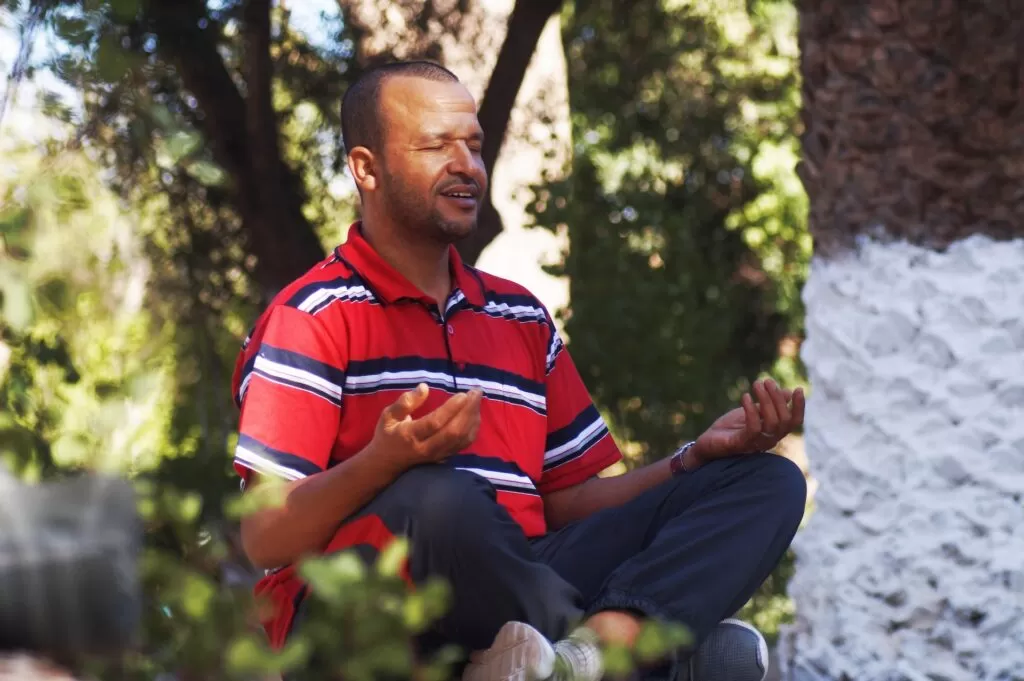
The Science Behind Mindful Breathing
People have used mindful breathing for centuries to relax and reduce stress. A simple technique that focuses on the breath. Thus allowing the body to relax and de-stress. Mindful breathing involves focusing on the breath and allowing the body to relax.
Concentrating on deep breaths as they enter and leave your body. By focusing on the breath, the mind can become more aware of the present moment and let go of any worries or stress. Recent research has shown that mindful breathing can affect the brain.
Mindful Breathing Can Positively Affect The Brain

Seven Mindful Breathing Steps To Start Practing
Step 1: Take a deep breath and relax with open or closed eyes.
Step 2: Shut your eyes and put all of your worries to rest right now, just as you would a heavy bag.
Step 3. Now, pay attention to your breathing. Focus all of your attention on how you are breathing.
Step 4: Begin counting your breaths slowly. Count to ten, then begin the process again.
Step 5: Immerse yourself more and more in your breathing.
Step 6: At this point, focus on the existence of the thoughts that are currently running through your head. Take note of them, then slowly return your attention to your breathing.
Step 7: As you settle into the breath with increased attention, feel a deepening inner sensation of tranquility. You can finish the mindful breathing by opening your eyes, spreading your hands, and standing up.
Breath control?
Everyone can engage in the simple practice of mindful breathing. Consistently practicing it can have advantages, including stress relief, improved calm and clarity, and happiness promotion (Catherine, 2010; Kar, Shian-Ling, & Chong, 2014).
While mindful breathing is closely related to deep breathing exercises, it goes one step further by fusing the advantages of deep breathing with the principles and practices of mindfulness.
Breathing and Mindfulness: A Connection
The connection between mindfulness and breathing
Combining mindfulness and breathing exercises entails developing awareness of your experience in the present moment and making the most of each moment.
You might wonder how this functions practically.
The life energy is the breath. We are able to breathe because breathing provides us life. As we breathe in, oxygen enters our cells, and as we breathe out, carbon dioxide is released as waste. Various breathing patterns have distinct effects on our bodies; rhythmic breathing, for instance, regulates the neurological system.
Conclusion
Mindful breathing is a powerful tool that can help us to reduce stress, improve our focus, and increase our overall well-being. It is a simple practice that can be done anywhere and anytime and tailored to fit any lifestyle. Regular exercise and mindful breathing can help us become more aware of our thoughts and feelings and better manage our emotions. It can also cultivate a greater sense of peace and contentment.
About The Author
Zackery Dixon
administrator
Zackery N. Dixon, a seasoned web designer, entrepreneur, blogger, and proud U.S. Marine, has carved a remarkable path in the digital landscape. At 69, Zackery’s extensive experience and dedication have culminated in a fulfilling retirement, underscoring his notable achievements in the industry.
With a career spanning several decades, Zackery’s expertise in web design is reflected in the successful management of four diverse and dynamic websites. Each platform—First Digital Electronics, Law of Attraction Lab, Diet Exercise Pros, and Yoga Meditation Hub—demonstrates his commitment to delivering valuable content and innovative design.

